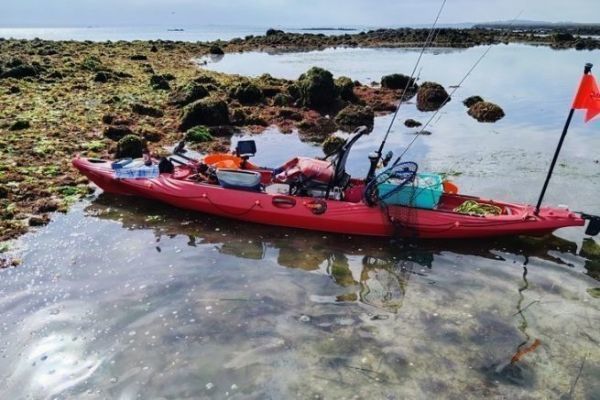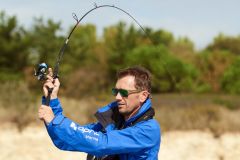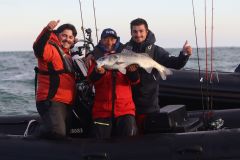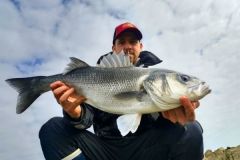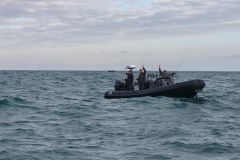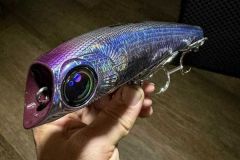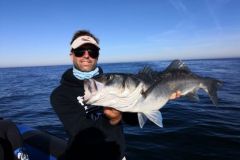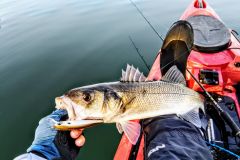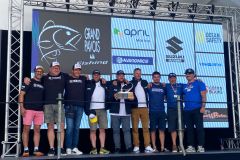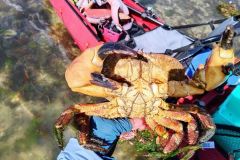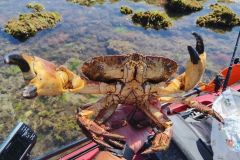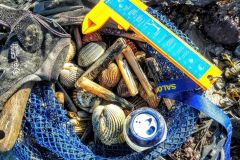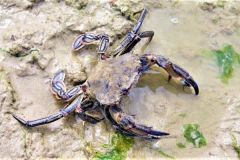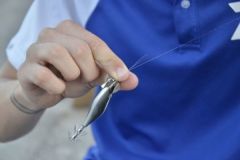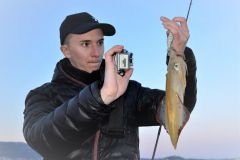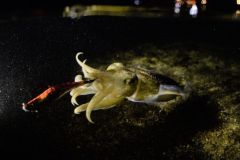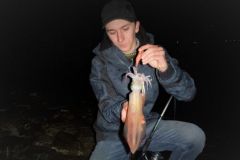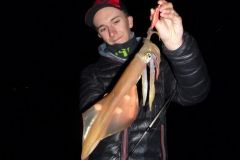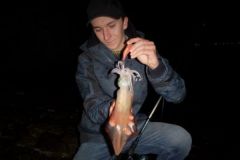The law of twelfths
Both days followed a similar pattern. Sunrises full of orange colors, with the sun reflecting on the mirror-like surface of the water. A quiet start to the session to warm up the man. I took my steppe kayak with me for these high tides. Despite the strong current, the steppe is powerful enough to counter them, if you're careful not to get in the middle of the juice. At the start of the session, I start by trolling for swimming fish, until I get to my cephalopod spots.
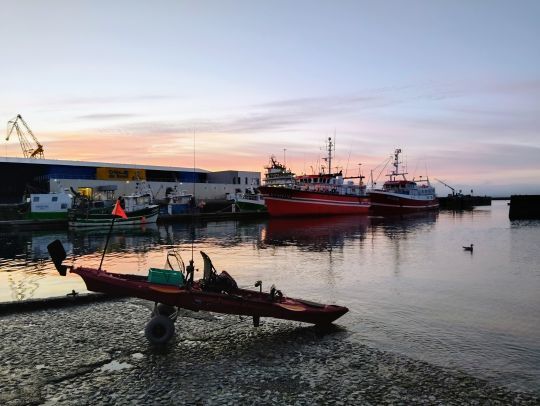
A few sea bass are present, not trophy fish, but it's nice to start the session with a few fish, which bodes well for the day. Arriving at the cephalopod spots, this is where the stepper comes into play. The spot is on the edge of the shipping channel, some twenty meters deep, and the fishing will take place on the third and fourth hours of ebb tide, the time of the tide when the current is strongest according to the law of twelfths. And for those of you who are used to going out on the water, you know that this law is true.
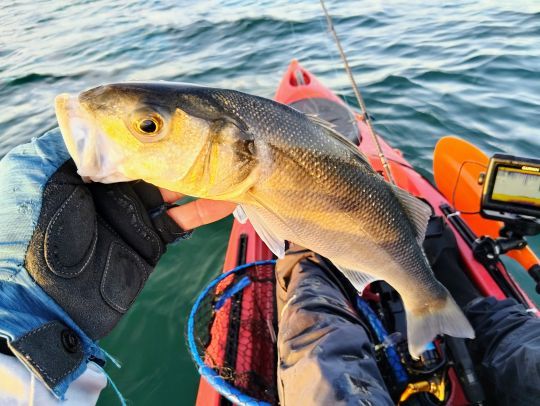
The steppe helps me not to drift too far, so I stay in front of the current while steppin', or at least not drifting too far. As a result, I drift about thirty meters in relation to my channel buoy, which serves as a beacon. Controlling your drifts means you don't have to spend time reeling them in...
In this little game, my squid basket was quickly realized. Still the tataki method, with an Aurie Q Search double glow at the bottom and a Yo Zuri Calmero mini ultra float at the top, this time in orange. A few cuttlefish also join the feast, but they go back into the water, so I don't keep them.
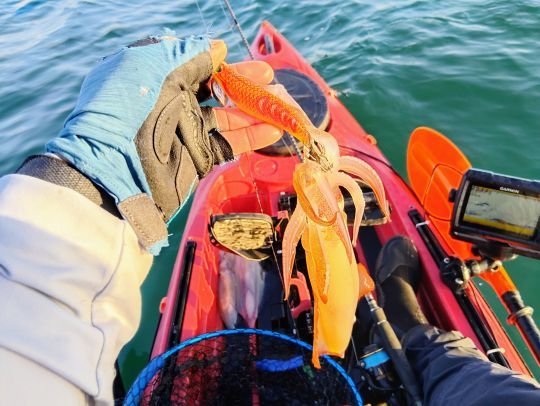
Time to pick
After this episode, it's time to get closer to my harvesting grounds. This year again, scallop harvesting is forbidden, still with that infamous ASP toxin. We're going to concentrate on crabs and clams, which will be enough. I start with a clam digging area, where I spend a good 1/4 hour picking up around thirty large clams. I then move on to my clam corner, which takes a little longer. Picking is done by walking quietly along the foreshore and spotting the small jet of water as you pass by. All that's left to do is give a little scratch to find the meadow, no need to turn over the foreshore.
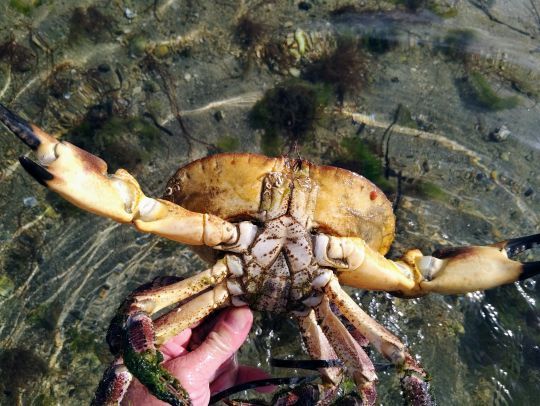
The last hour is devoted to sleepers, and here I select. There are plenty on my spot and no need to lift tons of stones, as I show in the video at the end of the article. I only pick the biggest males, the females stay on the foreshore. I take 4 or 5, which is enough for two good meals or a family tart. Our mesh size is 15 cm carapace width, and the ones we pick are generally between 20 and 22 cm. Once the harvest is done, I finish my session with a good picnic, as always.
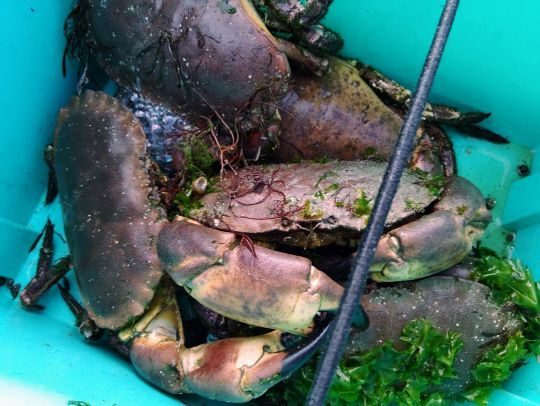
This tide, because of the weather, was done in shorts and a tee shirt, but it's still nice to be in October, it's what we call Indian summer and we're making the most of it. On the way back, I'm dragging my lures again and the bass are active again, but I've got to get back, the crabs aren't going to cook themselves...

 /
/ 